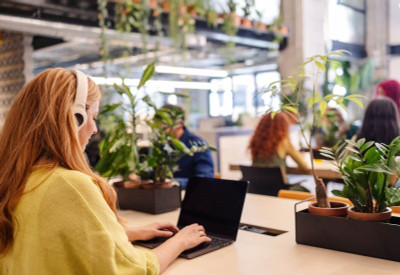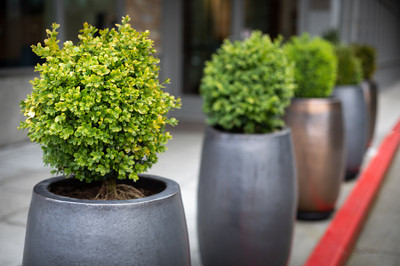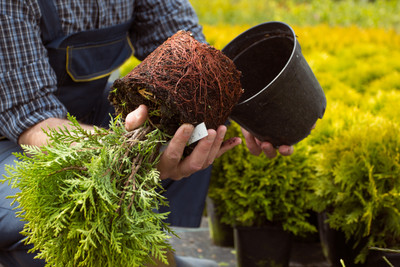Are Plastic Pots Bad for Plants?
Posted by Jason Wyrwicz on Jun 13th 2024
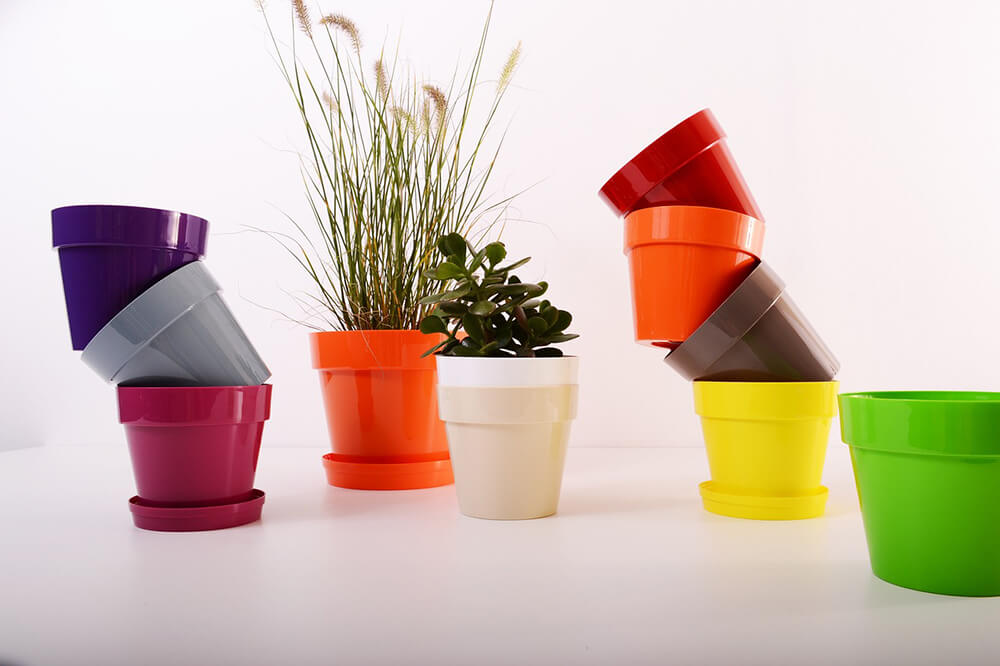
Plastic pots are a ubiquitous sight in the world of container gardening. They're lightweight, affordable, and readily available, making them a seemingly perfect solution for housing your favorite plants. However, beneath their convenient exterior lies a story of potential drawbacks for your plant's health and well-being.
Let’s discover the main disadvantages of plastic pots for plants, exploring their impact and superior planter alternatives.
The Downsides of Plastic Planters
While plastic pots offer a quick and easy solution, they come with limitations that can affect your plants' long-term health. Here's a breakdown of the key disadvantages to consider:
Poor Drainage
Most standard plastic pots lack adequate drainage holes, or the existing holes may be insufficient. This can lead to waterlogging, a condition where the soil becomes saturated, preventing oxygen from reaching the roots. This oxygen deprivation can lead to root rot, a fungal disease that can be detrimental or even fatal to your plants.
Temperature Fluctuations
Plastic is a poor insulator, meaning it conducts heat readily. During hot weather, plastic pots can heat up significantly, burning the roots of your plants. Conversely, in cold climates, plastic allows the soil to freeze faster, potentially damaging the root system.
Brittleness and Fading
Over time, plastic pots can become brittle and crack, especially when exposed to extreme temperatures. Additionally, prolonged sunlight can cause the plastic to fade and lose its aesthetic appeal.
Limited Airflow
Plastic walls restrict air circulation around the root zone. This can impede healthy root development and potentially create an environment for harmful bacteria and fungi to thrive.
Leaching of Chemicals
Some plastic pots, particularly those made with lower-quality materials, may leach chemicals like Bisphenol A (BPA) into the soil over time. While the potential risks to plants are still being studied, these chemicals are known to be harmful to human health, raising concerns for gardeners who may come into contact with the soil or consume homegrown produce.
Environmental Impact
Plastic production contributes significantly to greenhouse gas emissions and plastic waste. While some plastic pots are recyclable, the process can be complex and not universally available. Discarded plastic pots that don't get recycled can take centuries to decompose in landfills.
Fiberglass/Fiberstone vs Plastic: A Comparison
While plastic pots offer a lower initial price point, their shorter lifespan due to brittleness and fading can lead to more frequent replacements over time. This can negate the initial cost advantage.
Fiberstone and fiberglass planters, on the other hand, offer superior longevity. They are significantly more resistant to cracking, fading, and extreme temperatures. This translates to years of reliable use, making them a more sustainable investment in the long run.
Aesthetics play a significant role in container gardening. While plastic pots come in various colors, they often have a cheap and generic look. Fiberglass and fiberstone planters, on the other hand, offer a wider range of styles, textures, and finishes. They can mimic the natural beauty of clay, stone, or even wood, adding a touch of elegance and sophistication to your garden design.
Fiberglass and Fiberstone: The Superior Alternatives
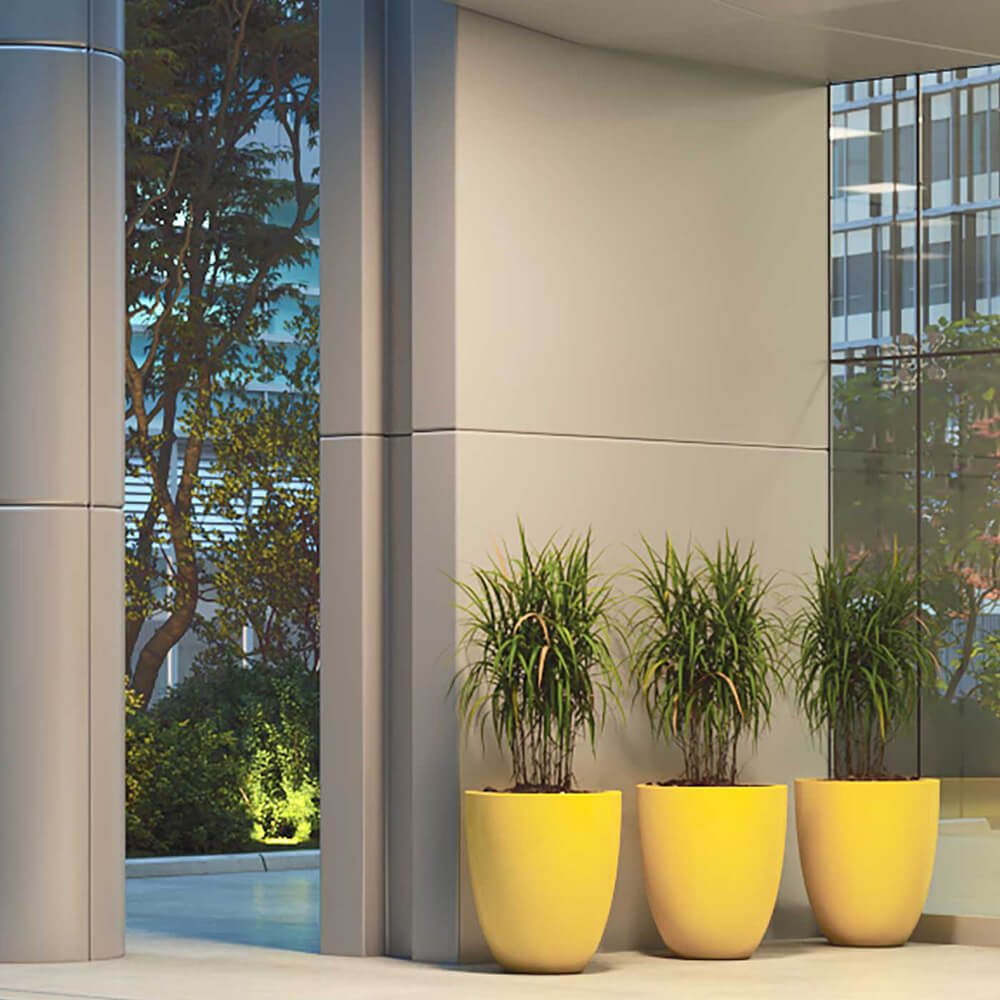
Fiberglass and fiberstone planters offer a solution that addresses the limitations of plastic while providing superior aesthetics and durability. Here's a breakdown of their key benefits:
- Excellent drainage: Most high-quality fiberglass and fiberstone planters come with well-designed drainage holes, preventing waterlogging and promoting healthy root growth.
- Exceptional insulation: These materials offer significantly better insulation than plastic, protecting plant roots from extreme temperature fluctuations in both hot and cold weather. This makes them ideal outdoor planters.
- Durability and weather resistance: Fiberglass and fiberstone planters are highly resistant to cracking, chipping, and fading, ensuring they maintain their beauty and functionality for years to come.
- Improved airflow: The porous nature of these materials allows for better air circulation around the root zone, promoting healthy root development and preventing the buildup of moisture and potential pathogens.
- Environmentally friendly: Fiberglass and fiberstone planters are often made from recycled materials, reducing their environmental footprint. Additionally, their extended lifespan reduces the need for frequent replacements, further minimizing waste.
- Aesthetics: Fiberglass and fiberstone planters come in a wide variety of styles, colors, and textures. You can find planters that resemble natural materials like clay, stone, or wood, or opt for contemporary designs that complement your garden planter aesthetic.
Make the Right Planter Choice for Your Plants
While both fiberglass and fiberstone offer excellent alternatives to plastic, the best choice for you ultimately depends on your specific needs and preferences. Here are some factors to consider:
- Plant needs: Different plants have varying water and drainage requirements. Cacti and succulents prefer fast-draining soil, so well-designed drainage holes are crucial. For moisture-loving plants, consider planters with a water reservoir feature, which can be helpful in drier climates.
- Budget: Fiberglass planters are typically more affordable than fiberstone planters. However, the long-term cost consideration should factor in the durability and replacement frequency of plastic pots.
- Style and design: Fiberglass and fiberstone come in a vast array of styles. Consider the overall aesthetic of your garden and choose a planter that complements your existing décor.
- Weight: If you plan on frequently moving your planters around, the lighter weight of fiberglass might be a deciding factor. However, fiberstone's additional weight can offer added stability in windy conditions.
The Bottom Line
While plastic pots offer a convenient and affordable option, their limitations can negatively impact the health and lifespan of your plants. Fiberglass and fiberstone planters, on the other hand, provide a top-notch solution that promotes healthy root growth, protects your plants from temperature extremes, and enhances the overall aesthetics of your container garden.
Ready to transform your container garden and unlock the full potential of your plants? At Pots, Planters & More, we offer a vast selection of high-quality planters in various styles, colors, and sizes. Whether you're searching for a classic urn for your patio or a sleek, modern planter for your balcony, we have the perfect option to complement your garden aesthetic.

